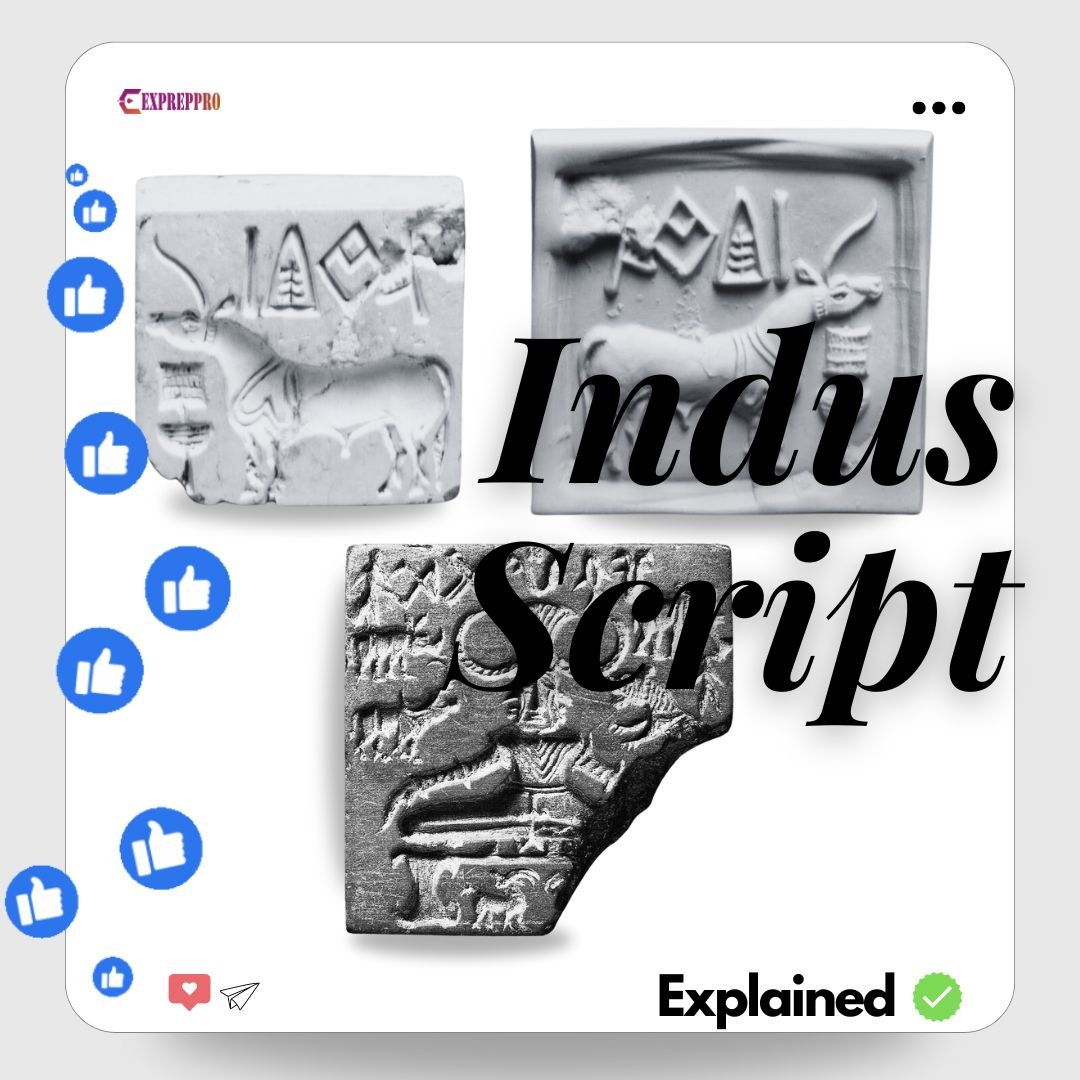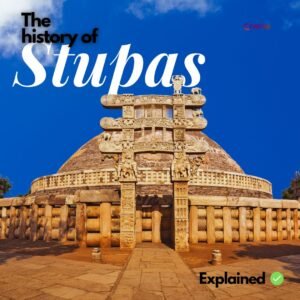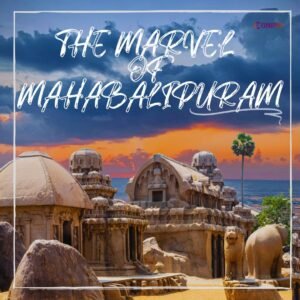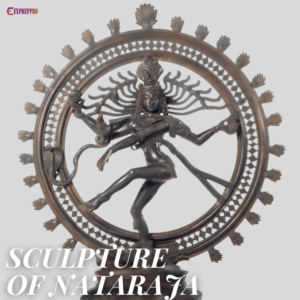
Indus script or Harappan script was the ancient script utilized by the Harappan civilization. The writing on the seals was probably in the language used by the elites. The Pictographic Harappan script of the Indus or Harappan civilization remains a mystery because, so far, no one has deciphered the script.
LANGUAGE FAMILY OF INDUS SCRIPT OR HARAPPAN WRITING
Some researchers believe the Harappan or Indus script belongs to the Dravidian family.
Others believe that this language belongs to the Indo-Aryan family. But so far, no consensus has arrived.
TOTAL NUMBER OF INSCRIBED OBJECTS
Around 3700 inscribed objects have been discovered at Harappan sites. These objects range from seals and pottery to topper tablets.
The two sites, Harappa and Mohenjodaro, together account for around 87 per cent of all inscribed objects.Most of them are short, and the longest one has 26 signs but is probably composed of three shorter inscriptions
In the Indus script, single strokes and semicircles represent numerical signs.
Some scholars count up to 400 to 450 different basic symbols, and others restrict the number of symbols to 150.The script seems to be fully evolved and does not show any significant changes over time.
TYPES OF CHARACTERS
The characters used in the Proto-Indian inscriptions can be divided into two groups.
- Ordinary
- Cursive
The majority of the seals contain the ordinary script.
DIRECTION OF WRITING
Based on various lines of satisfactory evidence, the Indus script was believed to be written from right to left, in rows downward from the top.
In seals, this right-to-left style is revered. Therefore, seal texts are reversed before reading or examination.
Longer inscriptions were sometimes written in the boustrophedon style. In this style, the consecutive lines start in opposite directions.
In some cases, the writing started on the right using normal-sized signs, and the last few signs on the left will be reduced in size due to space constraints.
INDUS SCRIPT AND SIMILARITIES WITH OTHER SCRIPTS
According to Hrozný, the Indus script demonstrated graphic similarities to the “Hittite Hieroglyphic” writing. However, others don’t agree with this argument because “Hieroglyphic Hittite” is far younger than the Indus script.
Hevesy tried to establish links between the Indus script and the writings of the Easter Island. According to him, both share striking similarities in the characters’ shapes. Other researchers disagreed with this view due to the distance between India and Easter Island, an island on the extreme eastern fringe of the Polynesian archipelago.



